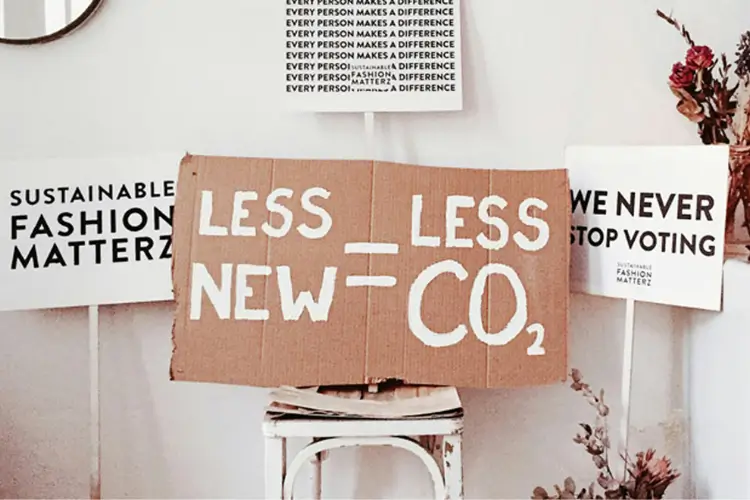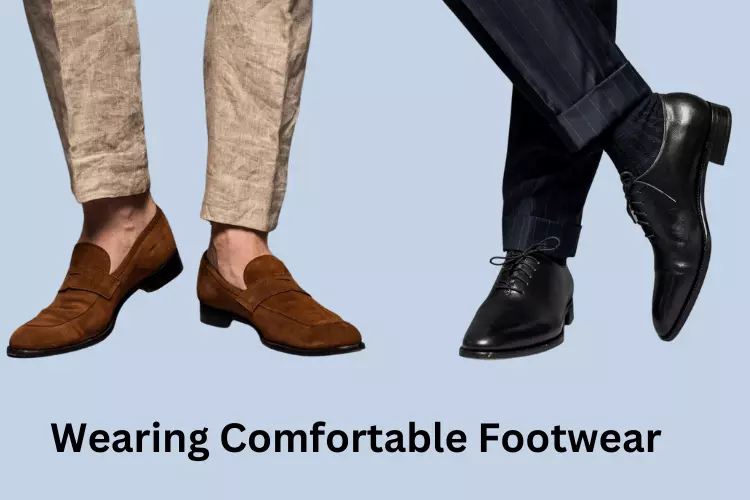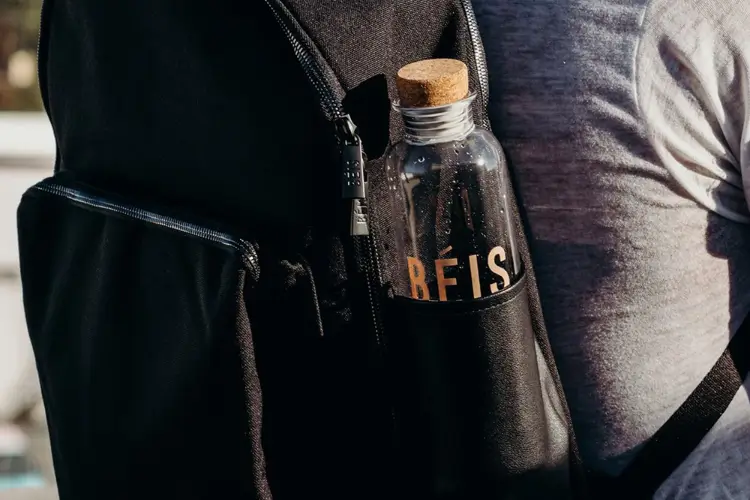In 2024, sustainable fashion emerged as a prominent trend within the fashion industry. This shift is primarily attributed to growing environmental concerns and demands for ethical production practices.
The significance of sustainable fashion lies in its emphasis on eco-friendly materials. It not only reduces the environmental impact but also promotes ethical labor practices.
Understanding the principles of sustainable fashion is essential for individuals to make informed choices and contribute to a more sustainable future. Consumers become more conscious about the impact of their fashion choices. So, embracing sustainable and ethical fashion practices becomes imperative for the industry’s future growth and development.
Why is Sustainable Fashion Important?
Environmental Impact
Sustainable fashion is key to reducing the environmental impact of fashion production. By utilizing eco-friendly materials, such as organic cotton, hemp, and recycled fabrics, sustainable fashion significantly minimizes pollution and waste. This approach helps conserve natural resources. It also decreases the carbon footprint associated with traditional fashion manufacturing processes.
Ethical Practices
In addition to its environmental benefits, sustainable fashion also promotes ethical labor practices and fair wages for workers. It ensures transparency throughout the production process. It respects the rights of workers and safeguards their well-being. By prioritizing ethical practices, sustainable fashion strives to eliminate exploitative labor conditions often associated with conventional fast fashion production methods.
What is Fast Fashion Impact?
Environmental Degradation
The fast fashion industry is notorious for its excessive consumption of resources. It often leads to environmental degradation. The production processes of fast fashion result in increased textile waste and pollution. This has far-reaching impacts on ecosystems. The overreliance on non-renewable resources further exacerbates the environmental strain caused by fast fashion, posing a threat to natural habitats and biodiversity.
Social Consequences
Fast fashion perpetuates exploitative labor practices and unsafe working conditions within the industry. This leads to adverse social consequences, such as compromised worker rights and inadequate wages. Additionally, the overconsumption of fast fashion fosters a disposable approach to clothing. This contributes to unsustainable consumption patterns and waste generation.
Sustainable Fashion Impacts on Fashion Trends
Shift in Consumer Behavior
- The rise of sustainable fashion has sparked a notable shift in consumer behavior. Individuals increasingly favor eco-friendly and ethical products. This change reflects a growing awareness of fashion choices’ environmental and social impact. Consumers are actively seeking out brands that align with their values. This drives the demand for sustainable and transparent practices within the fashion industry.
Consumer Preferences: “Consumers are becoming more mindful of the impact of their purchases. They are seeking out sustainable options. They are willing to support brands that prioritize ethical and eco-friendly practices.” – Fashion Industry Expert
Innovation in Design
- Sustainable fashion has paved the way for innovative design solutions prioritizing eco-friendly materials and processes. Designers are embracing sustainability as a core principle. This challenges traditional fashion norms and fosters creativity in sustainable design. This shift has led to the exploration of new techniques and materials. It will result in unique and environmentally conscious clothing options.
How to Support Sustainable Fashion
Consumer Choices
Supporting sustainable fashion requires making conscious purchasing decisions and choosing eco-friendly brands. By prioritizing sustainable products, consumers can contribute to the growth of sustainable fashion. Educating oneself about sustainable fashion practices is equally important to making informed choices. This involves understanding the impact of various materials, production processes, and the overall sustainability efforts of fashion brands. By supporting ethical and transparent businesses, consumers can drive demand for sustainable fashion while promoting ethical labor practices within the industry.
Advocacy and Education
Promoting sustainable fashion is crucial to encouraging others to support the movement. One way is by advocating for policies that promote ethical and eco-friendly practices in the industry. By engaging in conversations, sharing knowledge, and highlighting the importance of sustainable fashion, advocates can inspire positive change and foster a greater sense of responsibility toward promoting ethical fashion choices.
In the words of a prominent figure in the industry:
Fashion Advocate: “Promoting ethical fashion through advocacy and education is essential for creating a more conscious consumer base. It’s about empowering individuals to make informed choices that align with their values while driving positive change within the fashion industry.”
These actions collectively contribute to a more sustainable future for the fashion industry. They shape consumer behavior and influence industry practices.
What is the Future of Sustainability in Fashion?
The fashion industry’s future is closely linked to adopting sustainable practices that prioritize environmental and social responsibility. As sustainability takes center stage, it will drive innovation, creativity, and positive changes. Embracing sustainable fashion is not just a simple choice. It is an imperative step towards creating a more ethical, eco-friendly, and inclusive fashion landscape. By integrating sustainable principles into every aspect of the fashion supply chain, the industry can pave the way for a more conscientious and environmentally friendly future.
With heightened awareness about environmental issues and social impact, sustainability in fashion is no longer a trend. It is a fundamental shift towards responsible and mindful consumption. As consumers become more discerning about their purchasing decisions, the demand for sustainable fashion will continue to grow. This evolution will prompt brands to reevaluate their practices and align with sustainable values, ultimately reshaping the entire fashion ecosystem.
Sustainability in fashion is an ongoing commitment to preserving our planet’s resources. It also ensures fair treatment of all individuals involved in the production process. It represents a departure from exploitative practices towards a more fair and sustainable approach that benefits both people and the planet.
Ultimately, embracing sustainability leads to a future where style meets conscience, beauty resonates with responsibility, and every garment tells a story of ethical craftsmanship and environmental stewardship.
Conclusion
Sustainable fashion is a significant transformation in the fashion industry. The urgent need for environmental preservation and ethical responsibility drives it. It represents a fundamental shift in how we produce, consume, and think about fashion. By embracing sustainable practices, we can contribute to a fashion ecosystem that values aesthetic appeal, environmental integrity, and social justice. The principles of sustainable fashion will increasingly dictate industry standards. They will shape a future where responsibility and style coalesce for the greater good.




